SOURCE: IDRW.ORG.

The Indian Navy is looking to bolster its self-reliance in critical technologies by partnering with private steel manufacturers to develop indigenous arrestor wires for its aircraft carriers. Arrestor wires, essential for flight operations on carriers, play a pivotal role in enabling aircraft to land safely on limited deck space by rapidly decelerating them.
This move aligns with India’s overarching goal of reducing dependence on foreign suppliers and strengthening the domestic defense manufacturing ecosystem under the Aatmanirbhar Bharat initiative.
Continue readingSOURCE: RAUNAK KUNDE / NEWS BEAT / IDRW.ORG
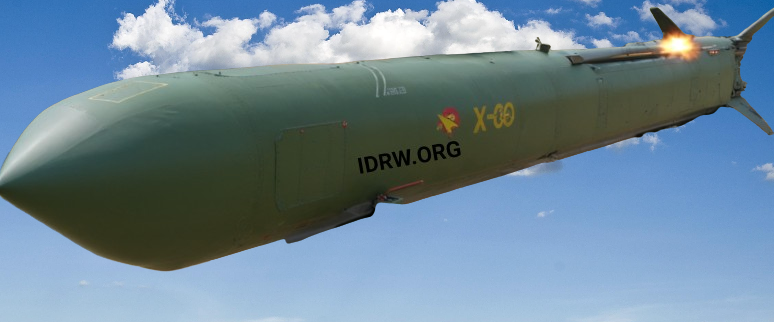
Russia’s Tactical Missiles Corporation (KTRV) and design bureau MKB Raduga are keen to introduce the Kh-69 stealth cruise missile to Indian Air Force (IAF) officials as an advanced strike option for the IAF’s Sukhoi-30MKI fleet.
The scaled model of this missile, initially showcased at Moscow’s Army-2022 military exhibition, highlights its stealth characteristics, precision targeting, and long-range capabilities, positioning it as a formidable tool for modern warfare. Rosoboronexport, Russia’s official arms exporter, aims to underline the missile’s potential to significantly enhance the strike capabilities of India’s Su-30MKI fighters.
Continue readingSOURCE: RAUNAK KUNDE / NEWS BEAT / IDRW.ORG

The Indian Navy’s ambitious S5-class of ballistic missile submarines (SSBNs), each set to have a submerged displacement of around 13,000 tons, will be fitted with advanced submarine-launched ballistic missiles (SLBMs) currently under development. While the Arihant and Arighat SSBNs are already operational with the B05/K-15 and K-4 SLBMs, the future S4, S4* (Star), and S5 submarines will bring enhanced deterrent capabilities, including a new generation of SLBMs.
To match the increased size and strategic role of the S5 class, India’s Defence Research and Development Organisation (DRDO) is progressing on an array of SLBMs with significantly extended ranges and payload capacities.
Continue readingSOURCE: RAUNAK KUNDE / NEWS BEAT / IDRW.ORG
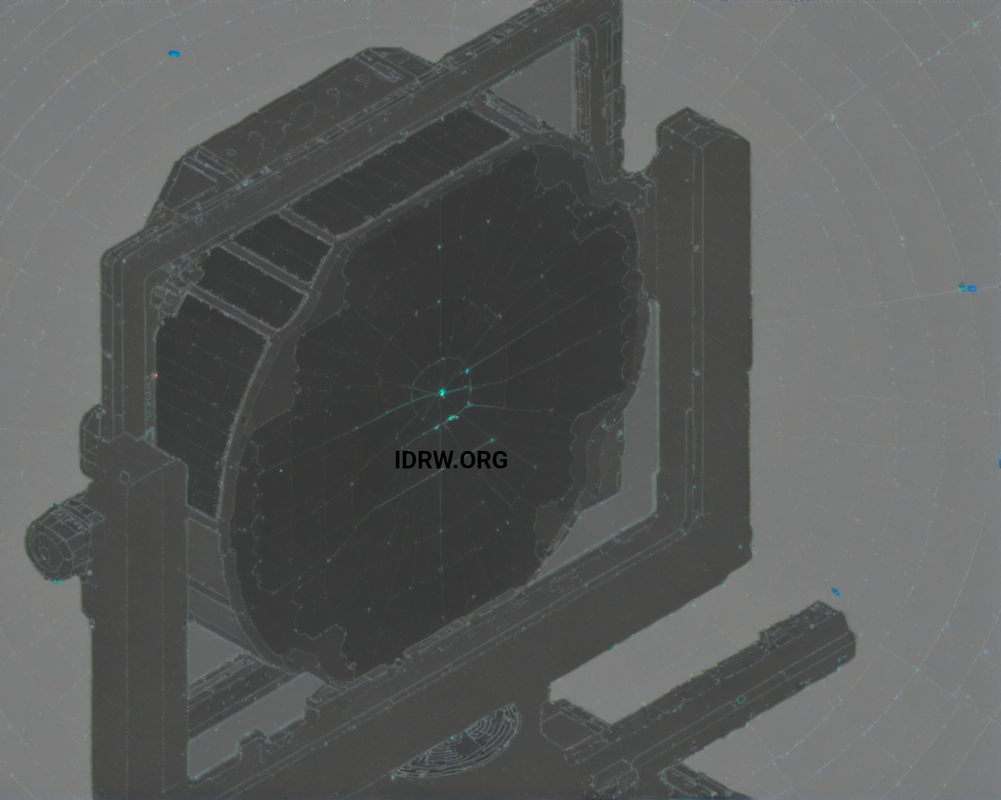
For the first time, tender documents have provided a detailed look at the technical specifications of the Active Electronically Scanned Array (AESA) radar antenna, specifically the AESA-AAAU, designed for the Indian Air Force’s Light Combat Aircraft (LCA) AF Mk2. This advanced radar represents a significant technological upgrade aimed at enhancing the capabilities of the LCA Mk2, with its architecture closely following the Uttam AESA radar used in the Tejas Mk1A but featuring several design modifications to suit the Mk2’s requirements.
The AESA-AAAU radar for the LCA AF Mk2 is built around a 912-element array of transmit-receive modules (TRMs), with 896 active elements and 16 receive-only elements. The radar utilizes Gallium Arsenide (GaAs) TRMs with a power output of 10W, similar to those used in the Uttam radar for Tejas Mk1A. This high number of active elements is designed to enhance radar detection range, target acquisition, and tracking capabilities, allowing the LCA Mk2 to perform in complex and high-intensity combat scenarios.
Continue readingSOURCE: IDRW.ORG.
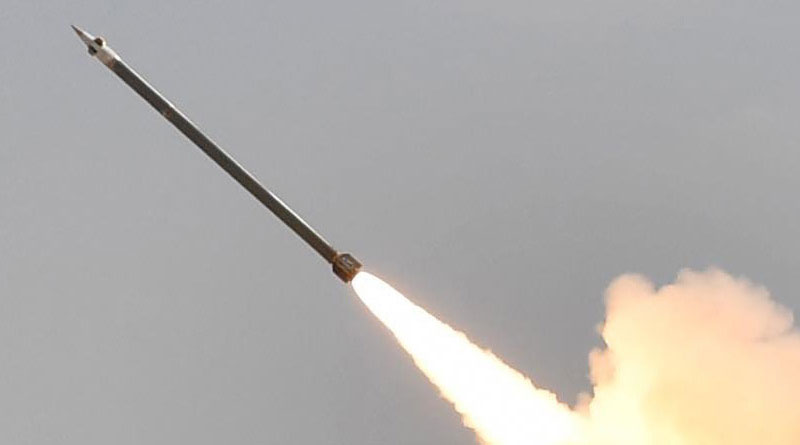
India is in the early stages of discussions with Vietnam for the supply of Guided Pinaka Rockets, a move that aims to help Vietnam replace its aging fleet of BM-21 and BM-14 multiple rocket launchers (MRLs), which were originally sourced from the Soviet Union. According to sources close to the negotiations, the talks are in the initial phases, and it could take several months before a formal deal is reached. However, both countries have shown a keen interest in moving forward with the collaboration as Vietnam seeks to modernize its artillery capabilities.
The Guided Pinaka Rocket System, developed by India’s Defence Research and Development Organisation (DRDO), has gained considerable traction in international markets due to its advanced precision strike capabilities. It is part of India’s push to expand its defense exports and offers significant advantages over older, conventional rocket systems. The system’s advanced guidance technology allows it to strike targets with high accuracy, a crucial advantage over the older, unguided rockets such as the Soviet-era BM-21 and BM-14, which are less effective in modern warfare scenarios.
Continue readingSOURCE: IDRW.ORG.

Bengaluru-based technology startup Ciphor has achieved significant success in the defense innovation sector by winning five prestigious contracts as part of the Ministry of Defence’s Innovations for Defence Excellence (IDEX) program. Known for its cutting-edge solutions in defense and security technology, Ciphor has recently launched two groundbreaking products: the STAMBA autonomous surveillance tower, capable of intercepting live human activity and tracking drones, and a 6U satellite bus designed for defense and scientific missions in low Earth orbit (LEO). These innovations mark Ciphor’s growing role in India’s strategic defense technology landscape and its commitment to advancing the nation’s capabilities in surveillance, communication, and space-based applications.
The IDEX program, launched by India’s Ministry of Defence to foster indigenous innovation, has provided a robust platform for startups like Ciphor to showcase their innovations. The five contracts awarded to Ciphor highlight the Indian government’s trust in the company’s potential to contribute effectively to national security and defense technology.
Continue readingSOURCE: RAUNAK KUNDE / NEWS BEAT / IDRW.ORG

In a significant step towards indigenization, locally developed primary actuators, codenamed Dalia, are poised to debut on the Limited Series Production (LSP) version of the LCA-Tejas, India’s indigenous fighter jet. Prominent defence journalist Anantha Krishnan M has reported that Hindustan Aeronautics Limited (HAL) has begun integration testing of these homegrown actuators at the National Iron Bird facility under HAL’s Aircraft Research and Design Centre (ARDC) in Bengaluru.
The integration tests are a critical step in validating the performance and compatibility of the digital flight control computer (DFCC) with the flight control system (FCS) actuators. The tests are being conducted across time and frequency domains to ensure the robustness of the system. Certification of the flight control software by the Centre for Military Airworthiness and Certification (CEMILAC) will pave the way for developmental flight testing of the DFCC along with a pair of elevon actuators on an LSP aircraft.
Continue readingSOURCE: RAUNAK KUNDE / NEWS BEAT / IDRW.ORG

India has long been the largest operator of the Sukhoi Su-30MKI, a heavyweight fighter jet that offers unmatched versatility, particularly in carrying heavy weaponry such as the BrahMos-A and Rudram series aeroballistic missiles. Despite its strengths, the Indian Air Force (IAF) appears increasingly hesitant to pursue additional heavy-class fighters due to their high operational costs and logistical challenges. However, Boeing remains optimistic, proposing its F-15EX fighter jet for India’s Multi-Role Fighter Aircraft (MRFA) tender.
The F-15EX, Boeing’s latest iteration of the iconic F-15 platform, is designed to carry an unprecedented payload, a feature that Boeing believes could resonate with the IAF’s requirements. A Boeing official speaking to idrw.org highlighted that the F-15EX could operate as a “weapons truck” in support of forward-operating 5th-generation aircraft, such as the F-35 or India’s future Advanced Medium Combat Aircraft (AMCA).
Continue readingSOURCE: RAUNAK KUNDE / NEWS BEAT / IDRW.ORG
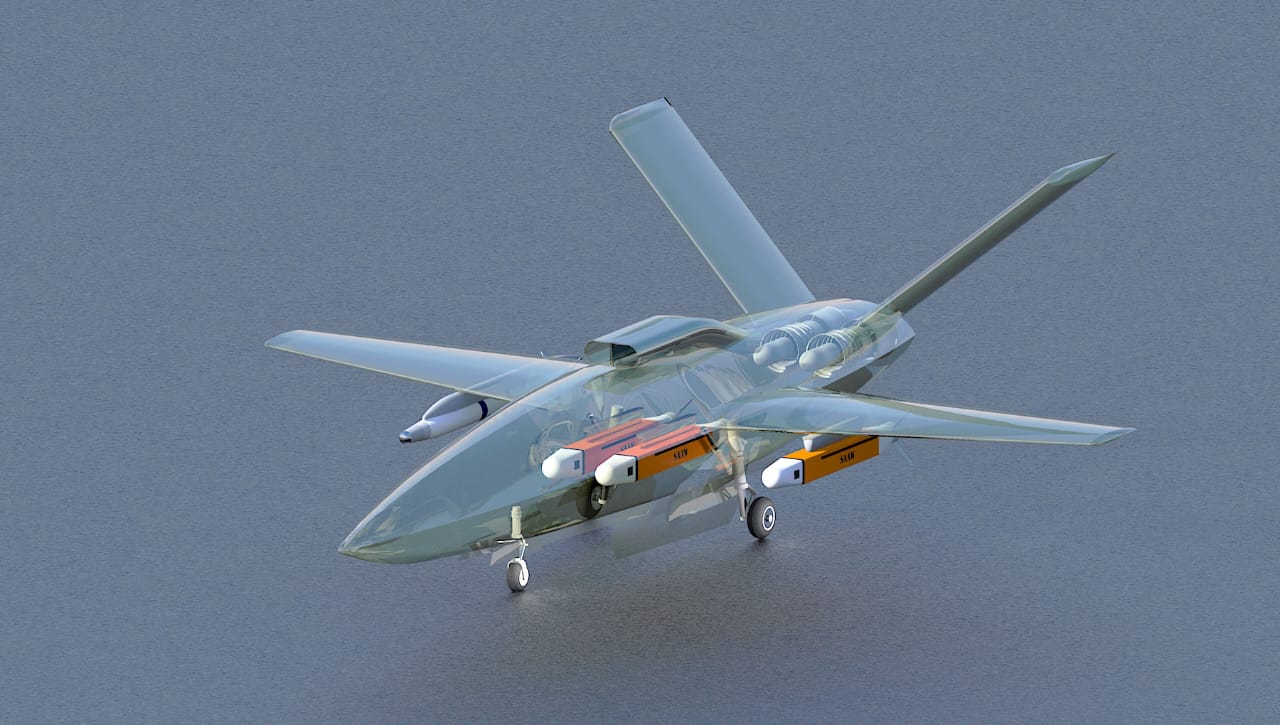
Hindustan Aeronautics Limited (HAL), India’s premier aerospace organisation, is gearing up to showcase exciting advancements at Aero India 2025, which will be held in Bengaluru. Among the highlights will be the unveiling of progress on the ambitious Combat Air Teaming System (CATS) Warrior, a loyal wingman program backed by the Indian Air Force (IAF).
The CATS Warrior, which debuted nearly four years ago, has undergone significant design refinements based on inputs from the IAF and industrial partners. According to sources close to idrw.org, a scaled model of the platform has already been tested extensively, with further improvements made to its aerodynamics and capabilities.
Continue readingSOURCE: IDRW.ORG.

The Indian Navy’s fifth Scorpene-class stealth submarine, INS Vagir, commissioned in January 2023, was recently involved in a minor collision with a fishing vessel near the Goa coast. According to sources quoted by idrw.org, the incident occurred while the submarine was transiting from Karwar Port to Mumbai Port for routine operations.
The collision reportedly took place when INS Vagir surfaced approximately 400-500 meters ahead of a wooden fishing vessel. Despite the submarine’s sensors not detecting any nearby vessels at the time, the fishing boat trailing behind the submarine failed to execute evasive maneuvers, leading to the collision.
Continue readingSOURCE: IDRW.ORG.

An Indian private defence sector delegation is set to visit Brazil to explore avenues for joint development of advanced aerospace and defence weapon systems. This significant step aims to deepen cooperation between the two countries in the defence sector, leveraging their complementary capabilities and shared interests.
The Indian delegation will visit several key Brazilian defence facilities, including the headquarters of Embraer, a leading aerospace company known for its aircraft manufacturing and technological expertise. Discussions are expected to focus on Joint development of weapon systems for mutual benefit.
Co-manufacturing opportunities in aerospace, including fighter jets and transport aircraft. Exploring maintenance solutions for shared platforms like the Scorpène-class submarines, which both countries operate.
SOURCE: RAUNAK KUNDE / NEWS BEAT / IDRW.ORG
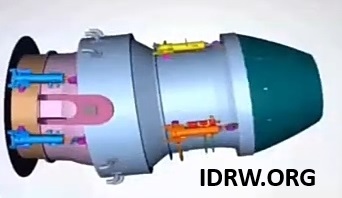
The Gas Turbine Research Establishment (GTRE), a laboratory under India’s Defence Research and Development Organisation (DRDO), has successfully completed studies on a 3D thrust vectoring nozzle system. Designed for potential integration into both manned and unmanned fighter jets, this system allows for thrust manipulation in all three axes—pitch, yaw, and roll—providing aircraft with enhanced manoeuvrability and agility.
GTRE’s latest development offers a strategic leap forward in India’s aerospace capabilities, promising operational advantages in air combat scenarios and potentially aiding in the nation’s Advanced Medium Combat Aircraft (AMCA) program.
Continue readingSOURCE: RAUNAK KUNDE / NEWS BEAT / IDRW.ORG
In a significant development within Indo-French defence relations, France has extended its expertise and advanced technologies to support the Indian Navy’s ambitious submarine acquisition programs under Project-76 and Project-77. Project-76 envisions the acquisition of 12 next-generation conventional diesel-electric submarines, planned in two phases with six submarines in each phase, while Project-77 focuses on developing nuclear-powered attack submarines (SSNs) to bolster India’s strategic deterrent capabilities. France’s willingness to provide its cutting-edge pumpjet propulsion technology for both programs underlines its commitment to a deeper, long-term defence partnership with India.
Project 76 aims to elevate the Indian Navy’s conventional submarine fleet through the induction of advanced diesel-electric submarines with enhanced stealth and operational capabilities. France has been keen to support India in this endeavour, offering expertise honed through decades of experience with its own Barracuda and Scorpène-class submarines. In particular, France has proposed its pumpjet propulsion technology, a quieter alternative to traditional propellers, which significantly reduces acoustic signature and enhances underwater stealth. This technology is particularly advantageous for conventional submarines, as it allows them to operate undetected in hostile waters, providing a critical edge in India’s underwater warfare capabilities.
Continue readingSOURCE: RAUNAK KUNDE / NEWS BEAT / IDRW.ORG

The Indian Air Force (IAF) is actively exploring options to refurbish its fleet of Mi-26 heavy-lift helicopters in collaboration with Russia, according to Air Chief Marshal AP Singh, Chief of the Air Staff. As one of the largest and most powerful helicopters in the world, the Mi-26 plays a crucial role in the IAF’s logistics and operational capabilities, especially for transporting large equipment, and heavy cargo, and providing relief during disaster situations. However, ageing airframes and the need for modernization have made refurbishment essential to extend the operational life of these helicopters.
JSC Russian Helicopters, the Russian company responsible for the Mi-26’s manufacturing and servicing, is working closely with the IAF to determine the optimal approach for refurbishment. Air Chief Marshal Singh noted that specialists from JSC Russian Helicopters have invited IAF officials to assess their facilities in Russia as part of a comprehensive plan to refurbish the Mi-26 fleet. This visit will allow India to evaluate the capabilities of JSC Russian Helicopters’ maintenance infrastructure and collaborate on a tailored refurbishment program for the Indian fleet.
Continue readingSOURCE: IDRW.ORG.

In a recent development, the Pakistan Navy announced the successful test of its “indigenously developed Ship-Launched Ballistic Missile” (SLBM), named the SMASH SLBM or P282. The missile reportedly boasts a range of 350 km (217 miles) and is capable of precision strikes on both land and sea targets. Equipped with advanced navigation systems and maneuverability features, the SMASH SLBM also offers anti-access area-denial (A2/AD) capabilities, potentially posing a threat to carrier groups and other strategic assets in the region.
However, Indian defense sources report that the Indian Navy has anticipated such developments and is actively bolstering its defenses with enhanced interception capabilities.
Continue reading